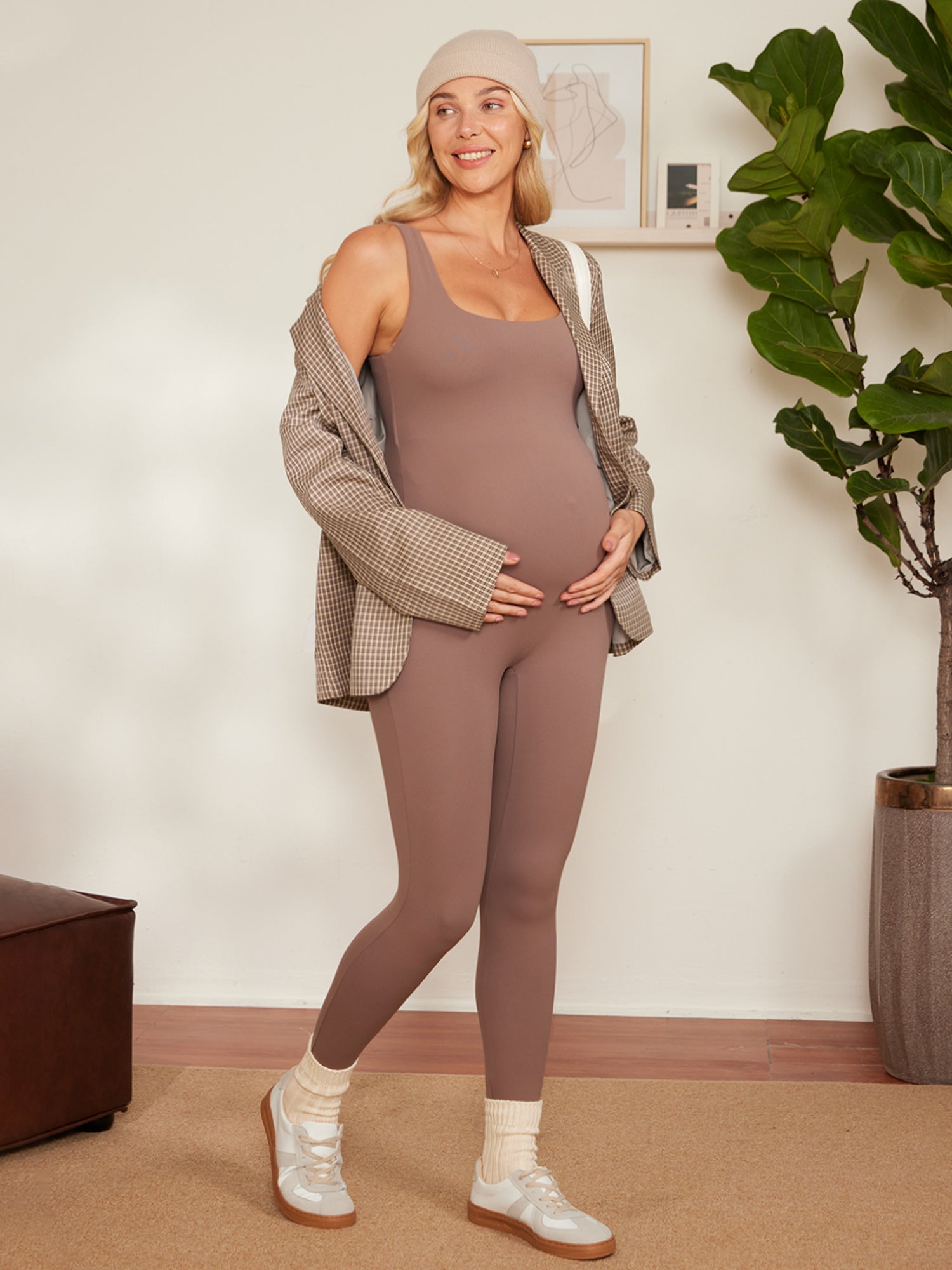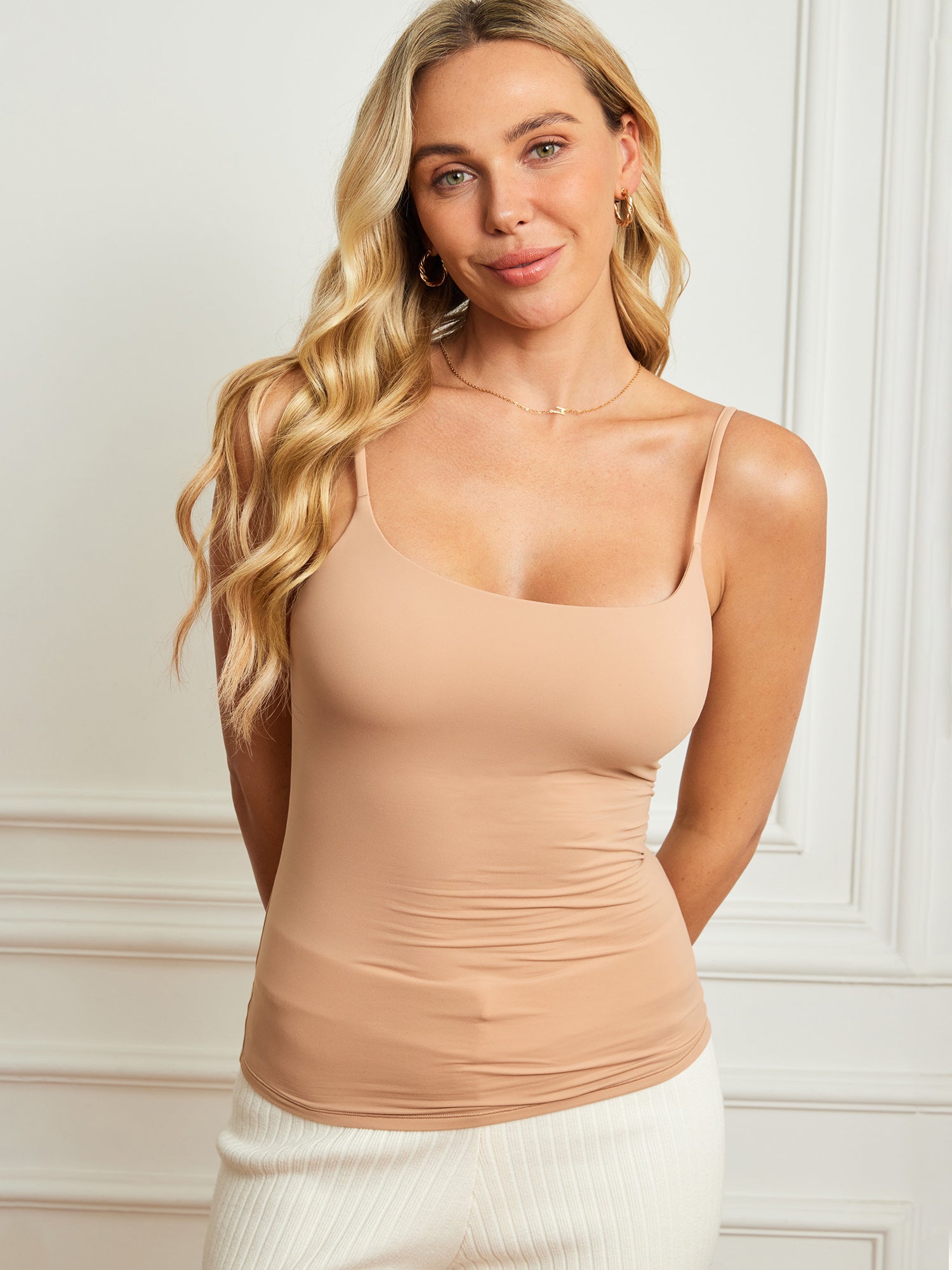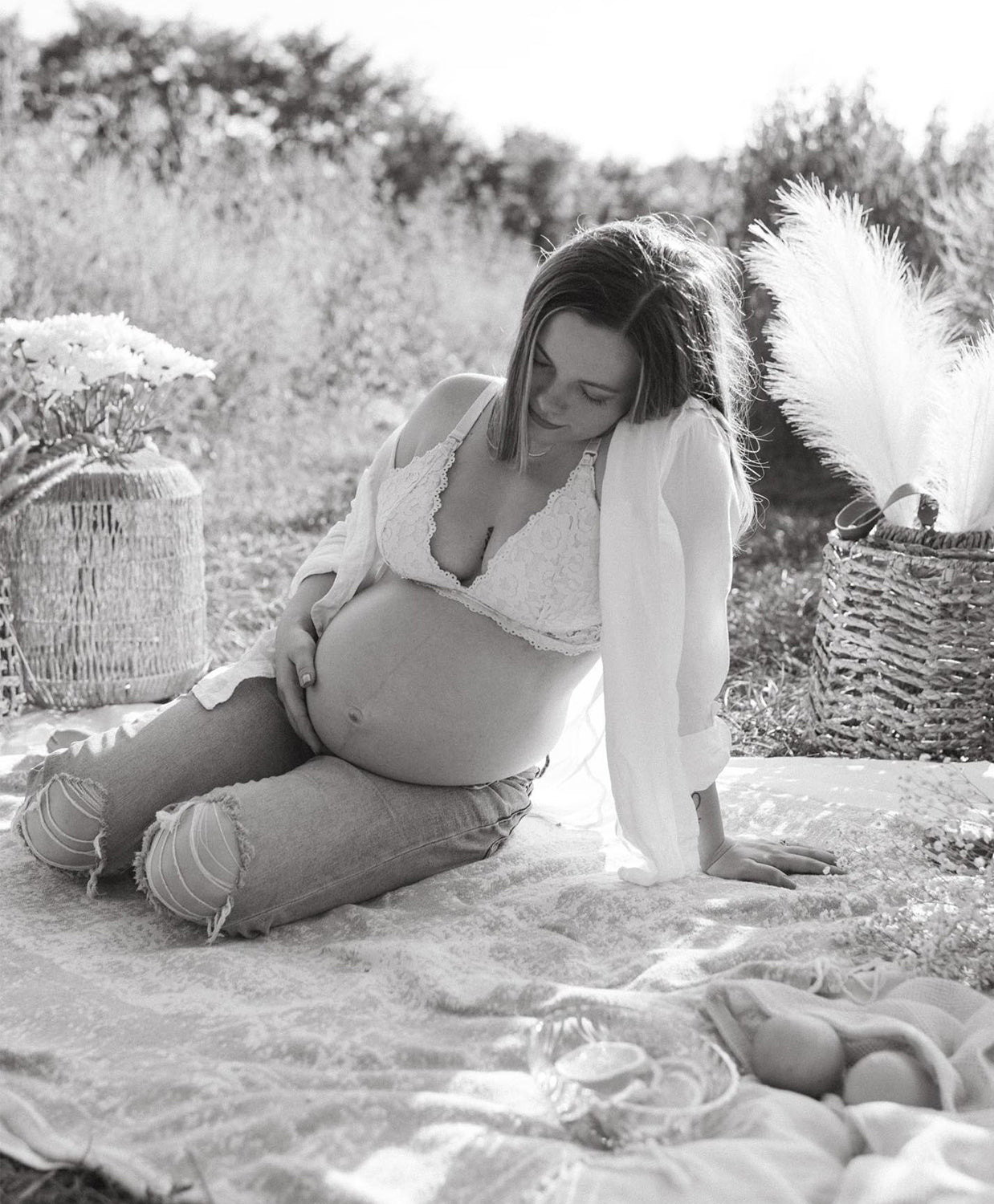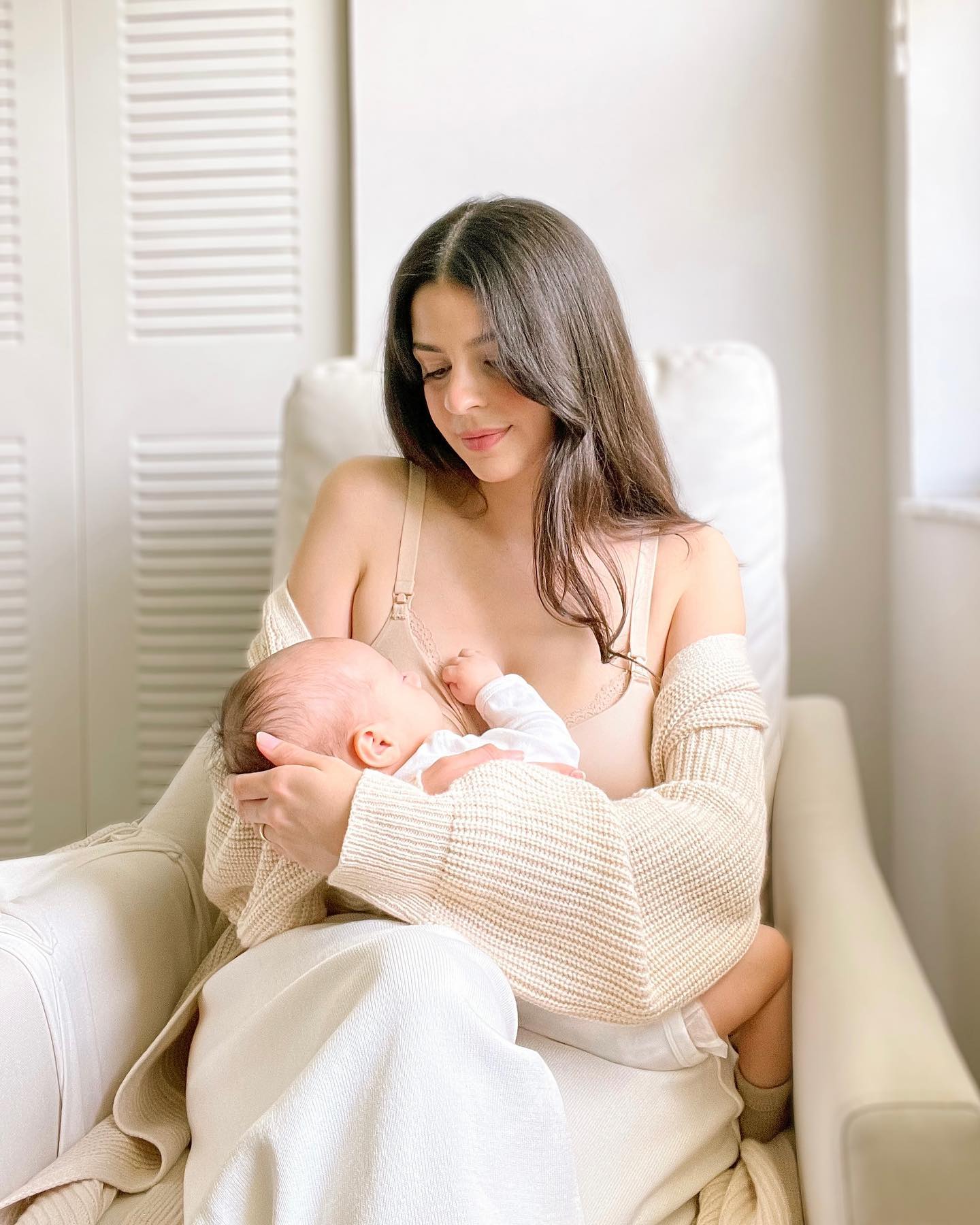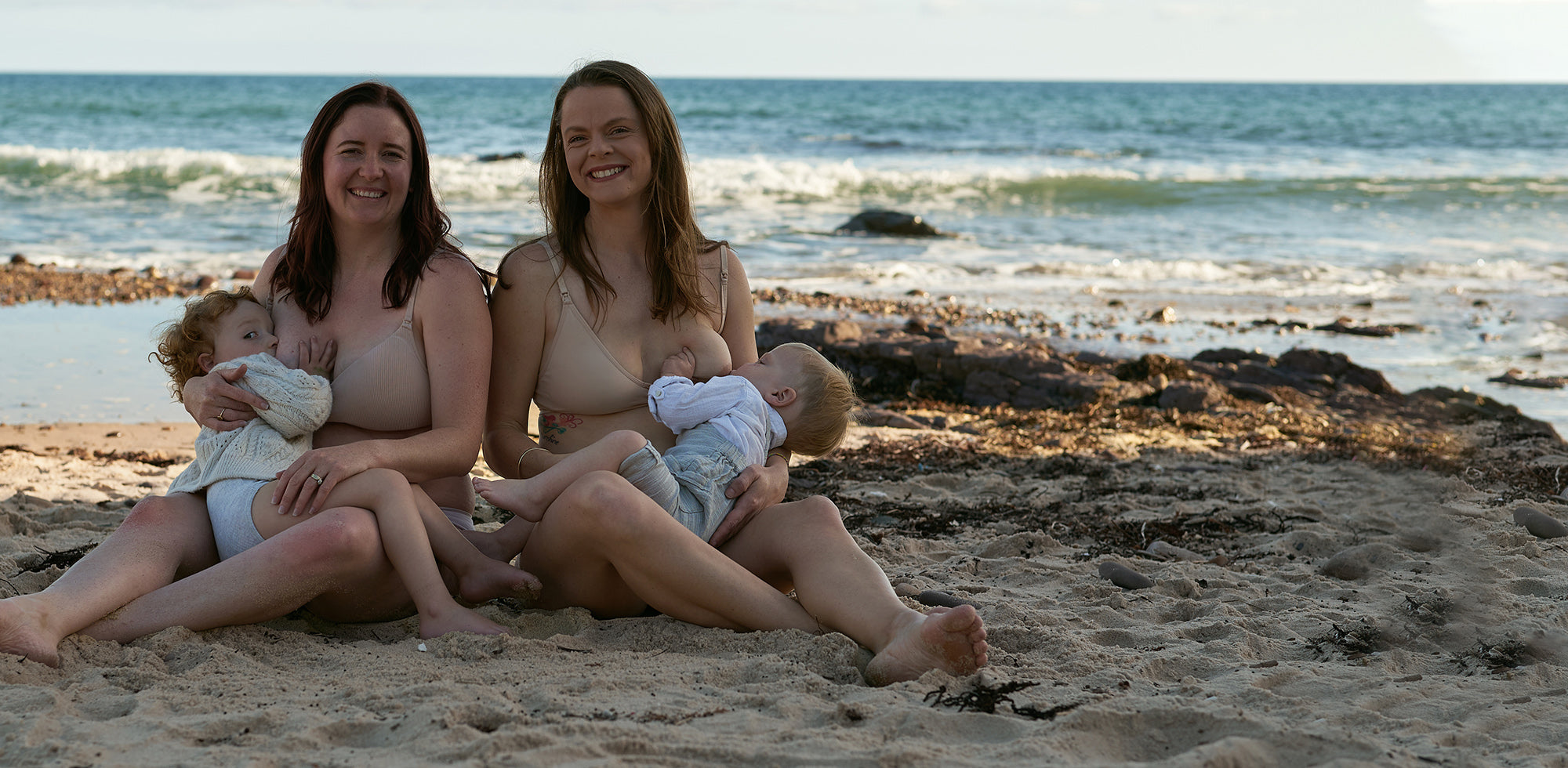The ultimate list of feeding supplies for newborns

It’s time for that age-old question again: breastfeeding or formula-feeding?
Well, you probably already know the option that you’ll be going for. However, when it comes to stocking up on newborn feeding supplies, there are a few basic supplies that you’re going to have to invest in whether you decide to breastfeed or formula-feed. This guide is going to focus on these essentials.
List of feeding supplies for newborns
Even if you plan to breastfeed, you'll want to have bottles and nipples on hand in case you need to pump. This will allow your partner to feed and bond with the baby while also giving you a break! Therefore, make this your starting point as you shop for your little one’s feeding supplies.
General essentials
- 10-16 four- and eight-ounce bottles and nipples. If your baby will be fed only by the bottle, they will go through about 10 of the 4-ounce size bottles per day. Newborns usually start with 4-ounce baby bottles, but as your child grows older, you'll need some 8-ounce bottles. You'll also require at least the same number of nipples as bottles.
- Bottle warmer. This is essential if you want to reduce the number of times you have to make trips to and from the kitchen at night to warm your little one’s bottles. You can heat breast milk or formula bottles in a dish of warm water, but a bottle warmer is handier.
- Bottle sterilizer. Some dishwashers have this as a feature. If yours has one, no need to buy this. You can disinfect bottles (and other supplies) by soaking them in boiling water, but some parents prefer to use a baby bottle sterilizer, which disinfects via steam or UV radiation. Some are electric, while others are microwaveable.
- Brushes for cleaning the bottles: These are useful for cleaning small sections and crevices in bottles and bottle parts, and for cleaning nipples thoroughly.
- 4 to 8 bibs. Even if your baby isn't eating solids yet, having a dependable bib to keep his clothes dry is a good idea, especially if he drools or spits.
- Burp cloths
- 2-4 pacifiers
- Breast pump: Pumping breast milk to feed your baby or ease engorgement is an option that you have. Breast pumps can be as basic as a manual breast pump or as sophisticated as a twin electric breast pump that allows you to pump from both breasts at the same time.
- Formula if formula feeding
If you are going to be formula feeding, it is a smart move to have a
Nursing mom essentials
- At least 3 well-fitting nursing bras. Don't make do with your everyday bras. Because your breasts have changed, you'll need a new fit to feel comfortable. Nursing bras also make it easy for your baby to access your breasts when it is time to feed. Check out our detailed guide on what to look for in a nursing bra .
- Nursing pads: It's natural for your breasts to leak when you're nursing. Nursing pads, whether disposable or reusable, will keep you and your clothes dry.
- Nipple cream for cracked and sore nipples. Nipple lotions and balms can aid with nipple pain
- Nursing pillow: These pillows are designed to support your baby while you're nursing or bottle-feeding, and they can relieve strain on your shoulders and neck. Nursing pillows are more convenient than regular pillows, and they keep your baby in a better position.
- Breast pump. Get one even if you plan to exclusively breastfeed. It will come in handy when you need to create a supply for your little one when you are away from them for more than a few hours
- Milk storage bags: While you can pump milk directly into a bottle, many women prefer to store it in specially designed plastic breastmilk storage bags, which take up little freezer space and are simple to defrost. The quantity of bags you'll need is determined by how frequently you'll be pumping. Begin with one box and add additional ones as necessary
- Nursing cover: A nursing coverslips effortlessly over you and your baby if you wish to be covered when nursing outside the home. Some breastfeeding covers can also be used to cover an infant's car seat.
If you are breastfeeding, you should also have the contact information of your lactation consultant or breastfeeding support group on hand. This will serve you well when you inevitably encounter a breastfeeding challenge.
If you plan to formula feed your baby, discuss what formula brands to go for with your doctor. They will also advise you on how much formula to have on hand when you bring your baby home from the hospital.
And no matter how you choose to feed your little one, be sure to invest in lots of burp cloths to capture spit-up and clean off other baby fluids and quality maternity bras. Trust us, these small investments will pay dividends for months to come and your life will be a lot easier because of them.
Extras for bottle-feeding and breastfeeding that are nice to have
- Liners for disposable bottles
- One high chair. Your baby will only be able to start using it at about 6 months, which may push it lower on some people’s priority lists
- Bottle drying rack: A well-designed bottle drying rack can be used to dry bottles, nipples, pacifiers, teethers, and sippy cups.
- 3 to 4 warm or cold gel packs: These fit inside your bra and can help with swollen or sore breasts. Tuck the cold packs into an insulated bag when you need to take breast milk or formula on the go.
- Dishwasher basket for smaller items: Dishwasher baskets are useful for keeping track of small items in the dishwasher (such as bottle parts)
- Bottle carrier: Insulated bottle carriers are available in sizes ranging from one to a half-dozen bottles. When you're on the go, use one to keep bottles and/or breast milk warm or chilly.

Feeding solids essentials
These feeding supplies can go a long way in helping your baby transition to solid food when he or she is ready, which will happen when they are between 4 to 6 months of age.
- Seating: A freestanding high chair, a seat that attaches to a counter or table, or a portable high chair or booster that attaches to a standard chair are all options you can look into. A full-size high chair with a tray is probably your best bet though because it is the easiest to clean and move around. Because food will inevitably get squished into every crack, look for a model with a removable and washable seat cover.
- Bowls (2–3): Some parents prefer baby bowls with suction cups on the bottom that stick to the highchair tray (preventing them from being easily hurled to the floor). Whatever option you go for, the idea here is to make sure they're almost indestructible, suction or no suction. Babies can really get rough with their utensils!
- 3 to 5 baby spoons: A rubber-tipped or plastic spoon is gentler on your baby's gums and fits comfortably in his or her mouth.
- Sippy cups (3–5): These training cups have a lid and a spout for easy drinking and won't spill if knocked over. At first, your toddler will probably find it easier to manage cups with handles.
- Waterproof bibs (5 to 10): Quick-drying bibs, as well as bibs with a bottom pocket to collect dropped food, are useful.
Extras that are nice to have when feeding solids
- An anti-mess mat: To protect your flooring and make cleanup easier, place a mat under the highchair.
- Baby food maker: Make your own baby food using a baby food maker.
Final Thoughts
When it comes to getting ready for the baby's arrival, there are a lot of things you have to do. Shopping for all the necessary baby supplies, especially feeding essentials, is just one of those things. A lot of times, the sheer volume of baby essentials that a newborn needs might surprise even the most prepared mom-to-be.
However, when you have a good idea of what you can and can’t live without, things become a lot easier. That’s why we decided to break down everything for you to make shopping for your little one’s feeding essentials a breeze.
For more information, check out our other essentials guides below:
How to make pumping while traveling easier
The ultimate list of feeding supplies for newborns
When should I start pumping while breastfeeding?
Everything You Need to Know Before You Start Pumping!
Your Guide to Breast Pumps in 2022
The ultimate list of travel essentials for newborns
SUBCRIBE FOR NEWSLETTER
Shop today with 10% OFF your first order of all products storewide




